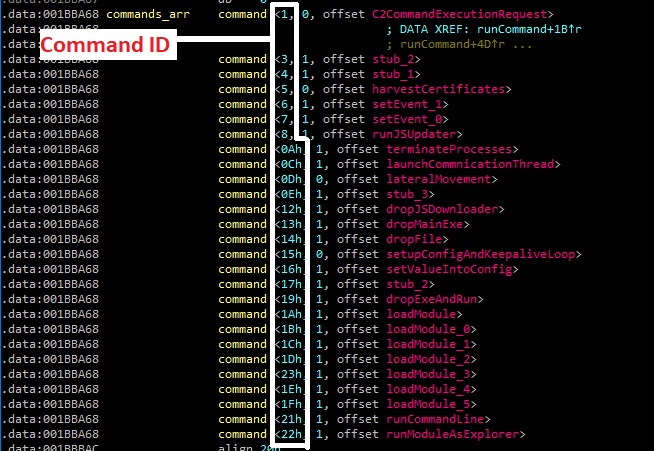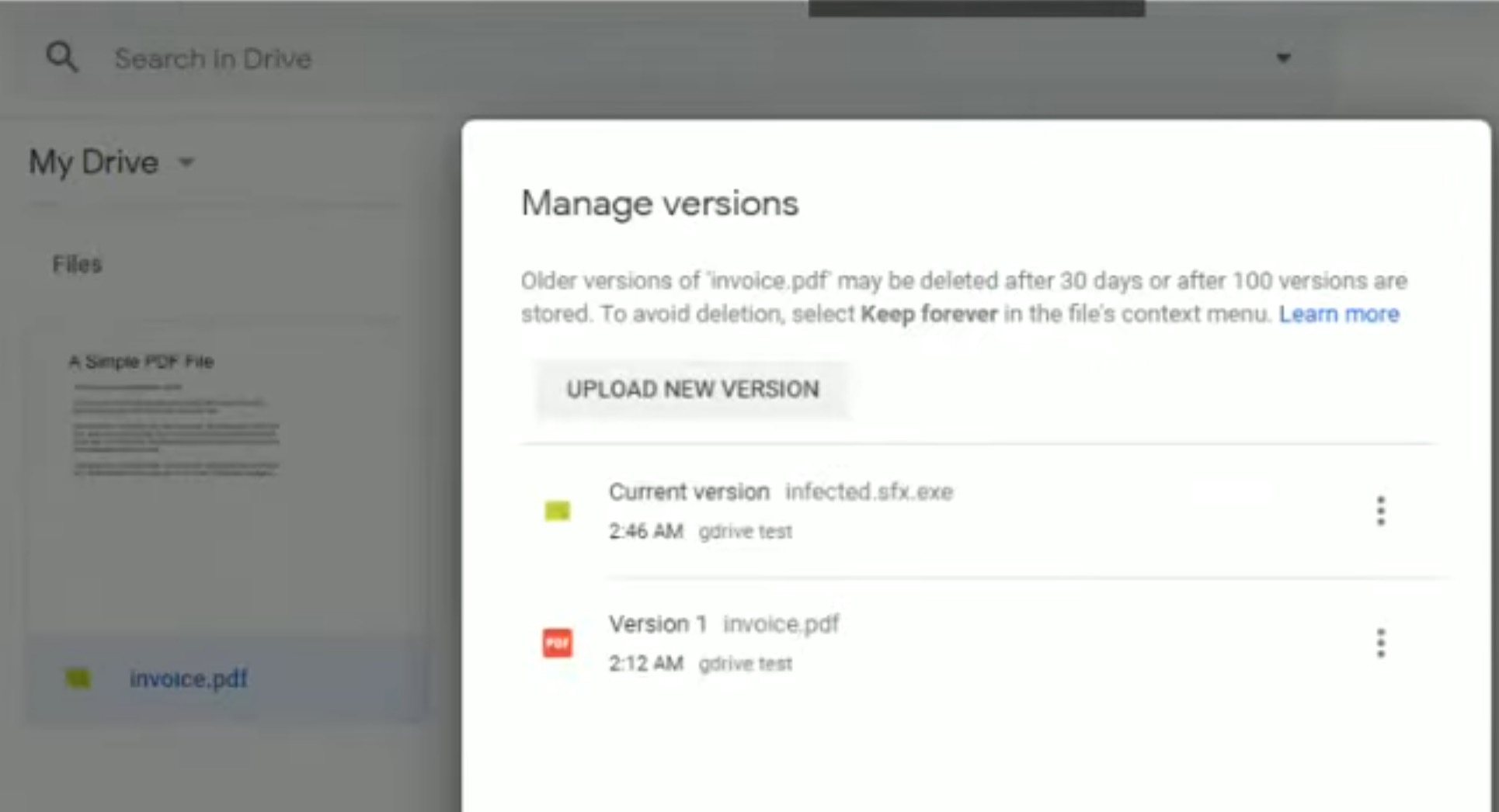The Joys of Owning an ‘OG’ Email Account
When you own a short email address at a popular email provider, you are bound to get gobs of spam, and more than a few alerts about random people trying to seize control over the account. If your account name is short and desirable enough, this kind of activity can make the account less reliable for day-to-day communications because it tends to bury emails you do want to receive. But there is also a puzzling side to all this noise: Random people tend to use your account as if it were theirs, and often for some fairly sensitive services online.

About 16 years ago — back when you actually had to be invited by an existing Google Mail user in order to open a new Gmail account — I was able to get hold of a very short email address on the service that hadn’t yet been reserved. Naming the address here would only invite more spam and account hijack attempts, but let’s just say the account name has something to do with computer hacking.
Because it’s a relatively short username, it is what’s known as an “OG” or “original gangster” account. These account names tend to be highly prized among certain communities, who busy themselves with trying to hack them for personal use or resale. Hence, the constant account takeover requests.
What is endlessly fascinating is how many people think it’s a good idea to sign up for important accounts online using my email address. Naturally, my account has been signed up involuntarily for nearly every dating and porn website there is. That is to be expected, I suppose.
But what still blows me away is the number of financial and other sensitive accounts I could access if I were of a devious mind. This particular email address has accounts that I never asked for at H&R Block, Turbotax, TaxAct, iTunes, LastPass, Dashlane, MyPCBackup, and Credit Karma, to name just a few. I’ve lost count of the number of active bank, ISP and web hosting accounts I can tap into.
I’m perpetually amazed by how many other Gmail users and people on similarly-sized webmail providers have opted to pick my account as a backup address if they should ever lose access to their inbox. Almost certainly, these users just lazily picked my account name at random when asked for a backup email — apparently without fully realizing the potential ramifications of doing so. At last check, my account is listed as the backup for more than three dozen Yahoo, Microsoft and other Gmail accounts and their associated file-sharing services.
If for some reason I ever needed to order pet food or medications online, my phantom accounts at Chewy, Coupaw and Petco have me covered. If any of my Weber grill parts ever fail, I’m set for life on that front. The Weber emails I periodically receive remind me of a piece I wrote many years ago for The Washington Post, about companies sending email from [companynamehere]@donotreply.com, without considering that someone might own that domain. Someone did, and the results were often hilarious.
It’s probably a good thing I’m not massively into computer games, because the online gaming (and gambling) profiles tied to my old Gmail account are innumerable.
For several years until recently, I was receiving the monthly statements intended for an older gentleman in India who had the bright idea of using my Gmail account to manage his substantial retirement holdings. Thankfully, after reaching out to him he finally removed my address from his profile, although he never responded to questions about how this might have happened.
On balance, I’ve learned it’s better just not to ask. On multiple occasions, I’d spend a few minutes trying to figure out if the email addresses using my Gmail as a backup were created by real people or just spam bots of some sort. And then I’d send a polite note to those that fell into the former camp, explaining why this was a bad idea and ask what motivated them to do so.
Perhaps because my Gmail account name includes a hacking term, the few responses I’ve received have been less than cheerful. Despite my including detailed instructions on how to undo what she’d done, one woman in Florida screamed in an ALL CAPS reply that I was trying to phish her and that her husband was a police officer who would soon hunt me down. Alas, I still get notifications anytime she logs into her Yahoo account.
Probably for the same reason the Florida lady assumed I was a malicious hacker, my account constantly gets requests from random people who wish to hire me to hack into someone else’s account. I never respond to those either, although I’ll admit that sometimes when I’m procrastinating over something the temptation arises.
Losing access to your inbox can open you up to a cascading nightmare of other problems. Having a backup email address tied to your inbox is a good idea, but obviously only if you also control that backup address.
More importantly, make sure you’re availing yourself of the most secure form of multi-factor authentication offered by the provider. These may range from authentication options like one-time codes sent via email, phone calls, SMS or mobile app, to more robust, true “2-factor authentication” or 2FA options (something you have and something you know), such as security keys or push-based 2FA such as Duo Security (an advertiser on this site and a service I have used for years).
Email, SMS and app-based one-time codes are considered less robust from a security perspective because they can be undermined by a variety of well-established attack scenarios, from SIM-swapping to mobile-based malware. So it makes sense to secure your accounts with the strongest form of MFA available. But please bear in mind that if the only added authentication options offered by a site you frequent are SMS and/or phone calls, this is still better than simply relying on a password to secure your account.
Maybe you’ve put off enabling multi-factor authentication for your important accounts, and if that describes you, please take a moment to visit twofactorauth.org and see whether you can harden your various accounts.
As I noted in June’s story, Turn on MFA Before Crooks Do It For You, people who don’t take advantage of these added safeguards may find it far more difficult to regain access when their account gets hacked, because increasingly thieves will enable multi-factor options and tie the account to a device they control.
Are you in possession of an OG email account? Feel free to sound off in the comments below about some of the more gonzo stuff that winds up in your inbox.







